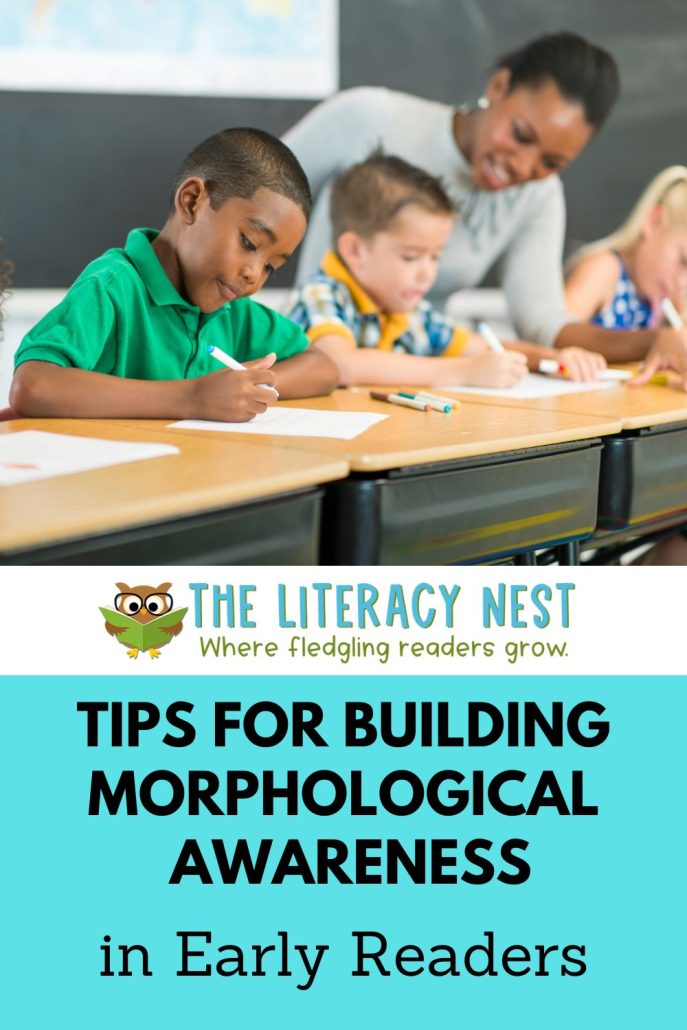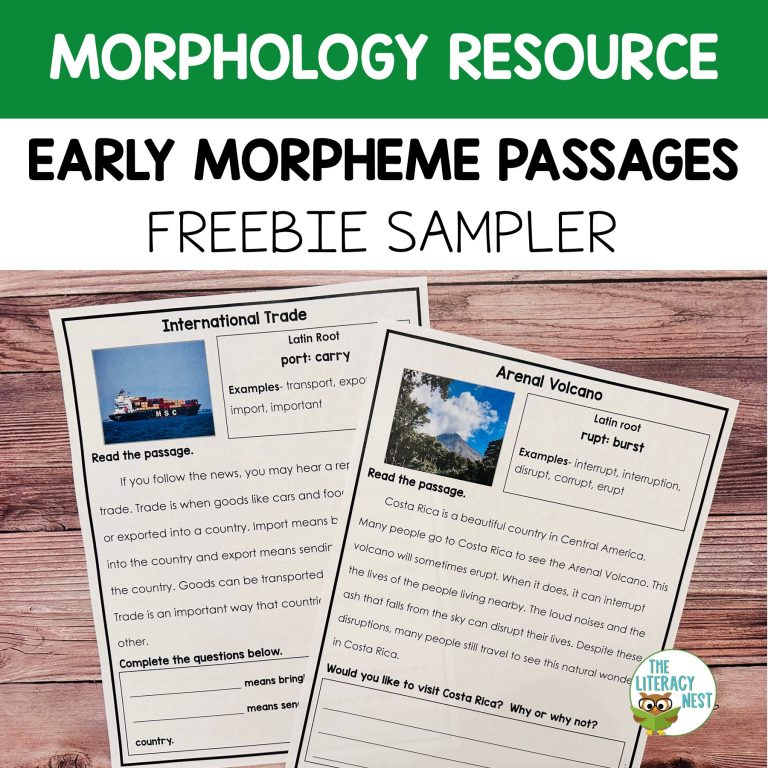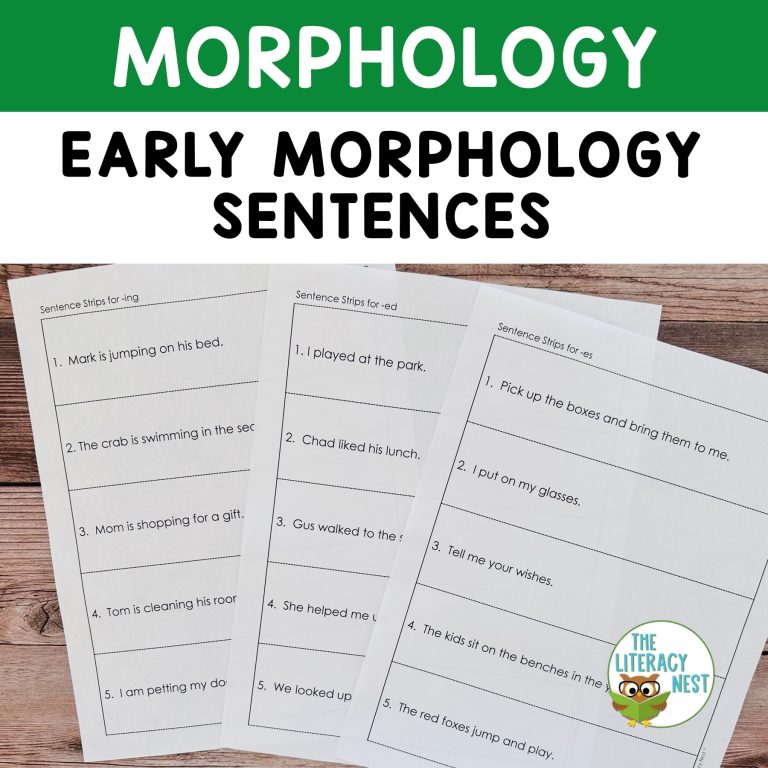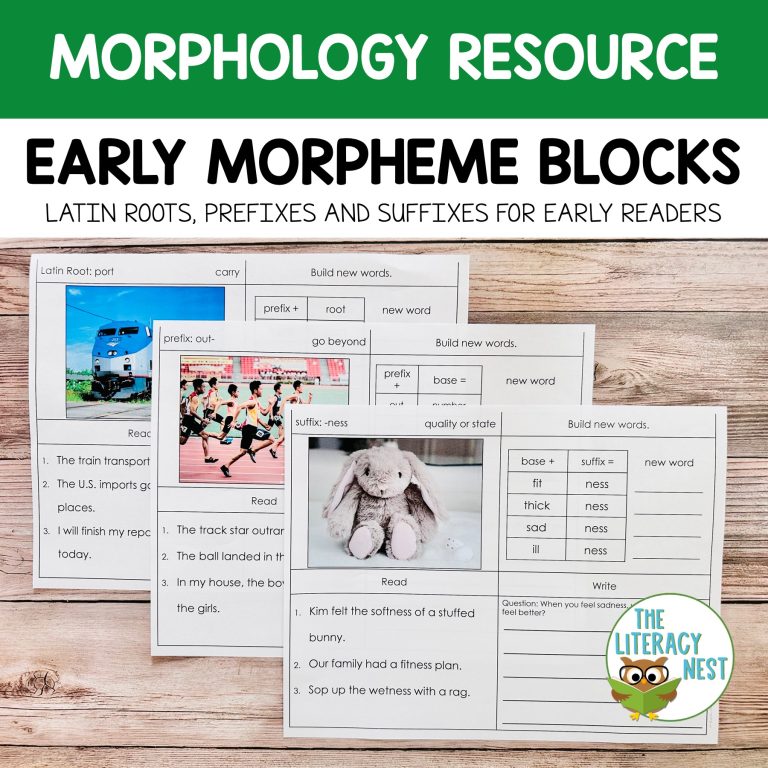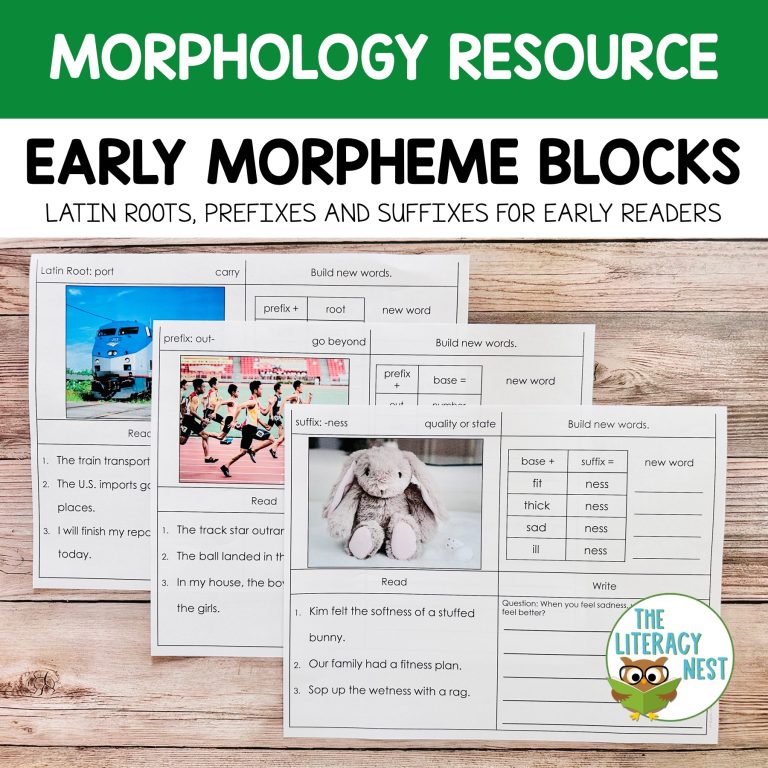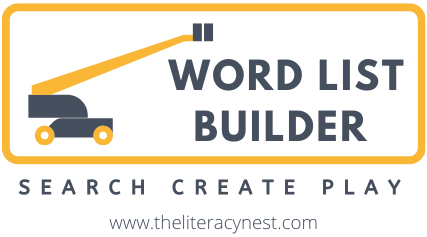Tips for Building Morphological Awareness in Early Readers
What is morphological awareness? I find it is easiest to think of morphological awareness as analogous to phonemic awareness. When we work on phonemic awareness, we are working with students to segment, blend, and manipulate syllables and sounds. It is a primarily oral activity. Similarly, morphemic awareness is the ability to isolate and understand morphological elements such as affixes and roots. This can be primarily an oral activity, an activity of spoken language. It is also a skill that helps students problem-solve words they don’t know how to read or spell.
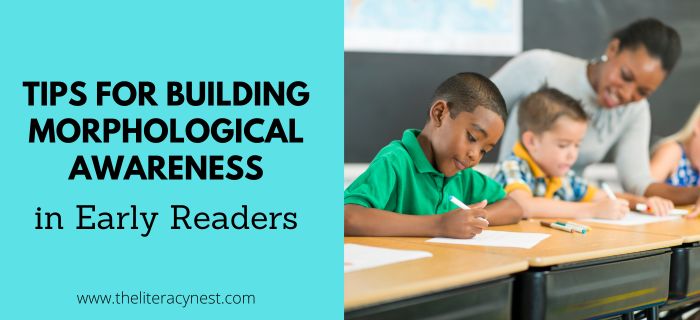
Morphemic awareness is closely linked to oral language and can be reinforced and developed in many of the same ways as we reinforce oral language. When a young child makes an oral language error, adults typically acknowledge the meaning of the child’s statement by restating using appropriate grammar. Children as young as five demonstrate some knowledge of morphemes. When I was that age, I fell and had a bruise on my knee. I showed it to my mother and told her “I have a bru.” I intrinsically knew that a word that ended in -s was usually plural and since I had a single bruise, I removed the /s/.
Why is it important?
Developing morphemic awareness is important for several reasons. If we define morphemic awareness at its most basic as explicitly thinking about the smallest units of meaningful language, it is a key aspect of reading, writing, speaking, and listening. Morphemic awareness is important to vocabulary and comprehension, two of the key pillars of reading.
Readers frequently use their knowledge of morphemes to take words apart and make them easier to decode. A young reader might find the look of “unlocking” overwhelming, but with some awareness of morphemes can quickly demystify this word. Morphemic awareness is also important to comprehension. Students use their knowledge of morphemes to make connections between known and unknown words. A student may not have seen the word unfriendly before, but by knowing what a friend is and that un means no, they can intuit that someone who is unfriendly is not behaving in a kind way.
Spellers who are able to use not only their knowledge of sounds but also their knowledge of morphemes will be able to correctly spell a word like jumped even though the suffix sounds like /t/. This ability is very important as students apply their knowledge of spelling conventions to longer and more complex words.
Academic vocabulary is easier to identify, read, understand, and spell with morphemic knowledge. Most academic vocabulary is built from combinations of a few morphemes. By knowing these elements, students can put together the meaning from the sum of its parts. If reading an article about rabies in local animals, a student encounters the word hydrophobia, they may use their morpheme knowledge to figure out the meaning. When they encounter a raccoon acting strangely and shying away from water, they will know to keep their distance and call a wildlife officer.
Where do we begin?
Get our printable morphological awareness for beginning readers tipsheet, here!
- As early as Kindergarten and first grade, students can begin to learn simple suffixes like -ing, -s, and -ed. These young students are also at a perfect stage to learn about compound words.
- We can teach simple closed syllable prefixes such as un- and dis- that can be added to single syllable base words to early elementary students.
- Explicitly teach morphemes as part of natural conversations and take advantage of teachable moments. “I have one mitten here. Raise your hand if you have two mittens. I hear the -s sound at the end of mittens, so if your hand is up you have more than one mitten. Ralph, your hand isn’t up. How many mittens do you have? This lost mitten must belong to Ralph. Now Ralph has both of his mittens.”
Check out our early morphology resources: passages, sentences, blocks, and more! Find all of these early morphological awareness resources, here!
More teaching tips:
- Use visuals when teaching morphemes and have students sketch. For example, when teaching the suffix -s, students can draw one cat in one section and 3 cats in another to signify the meaning of more than one.
- Build oral language skills by asking a question and having students respond using the morpheme in a complete thought.
“How many apples do I have?”
“You have ten apples.”
“When is running not a good idea?”
“Running is not a good idea when the floor is wet.”
- Practice building words together and create a morpheme chart or bulletin board.
- This oral activity makes a perfect time filler. “I have one marker. Now I have 5______?” “He is jumping. Yesterday he ___________.”
- Have Morpheme Monday! Introduce one or two new morphemes on Monday and practice them throughout the week. This is a particularly good idea for older students but can work at the elementary level as well.
- Practice new morphemes at the word, phrase, sentence, and passage level just as you do with new phonograms.
- Have students compose sentences using a small word bank of words using the morpheme you are working on.
- Play games!
Read more about Morphology! Check out our latest blog posts on the topic, here!
Morphology is fascinating! This is a great opportunity to model curiosity and how to learn more about words and build a climate of life-long learning.
Morphology Activities: Prefixes, Suffixes, & Roots for Early Readers
Looking for morphology activities to help you introduce your early readers to prefixes, suffixes, and Latin Roots in an easy, no-prep way? Morpheme Blocks are designed to do just that. They’re a must-have to add to your collection of morphology activities. This resource will weave seamlessly into any morphology scope and sequence for Orton-Gillingham.
You can grab it at The Literacy Nest Shop.
Are you looking for a list of words to use in your morphology lessons? Word List Builder has got you covered!
Save time searching for words! Create customized and meaningful review, build your folder of words, create templates and games, and much more in Word List Builder.
